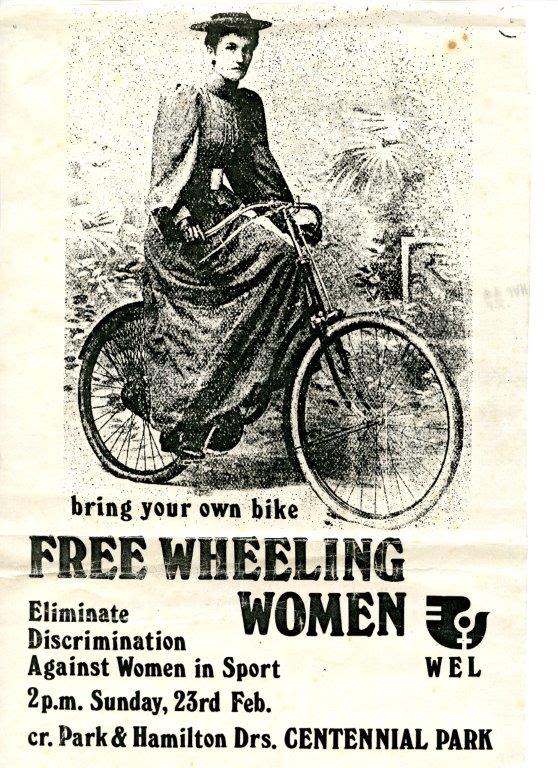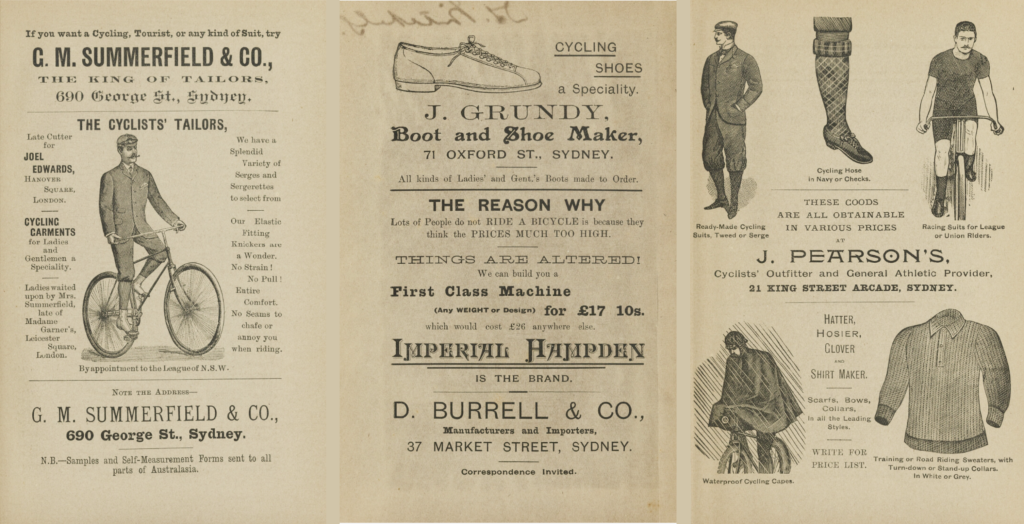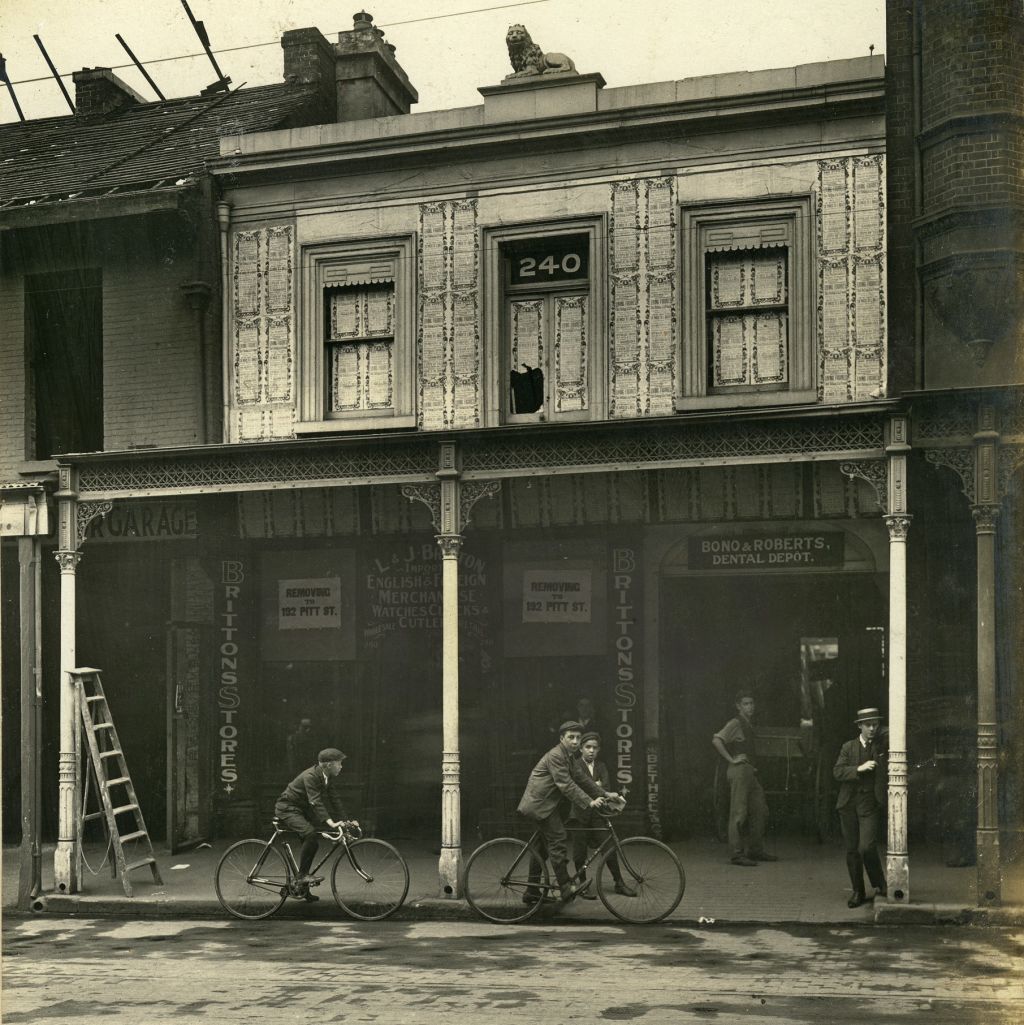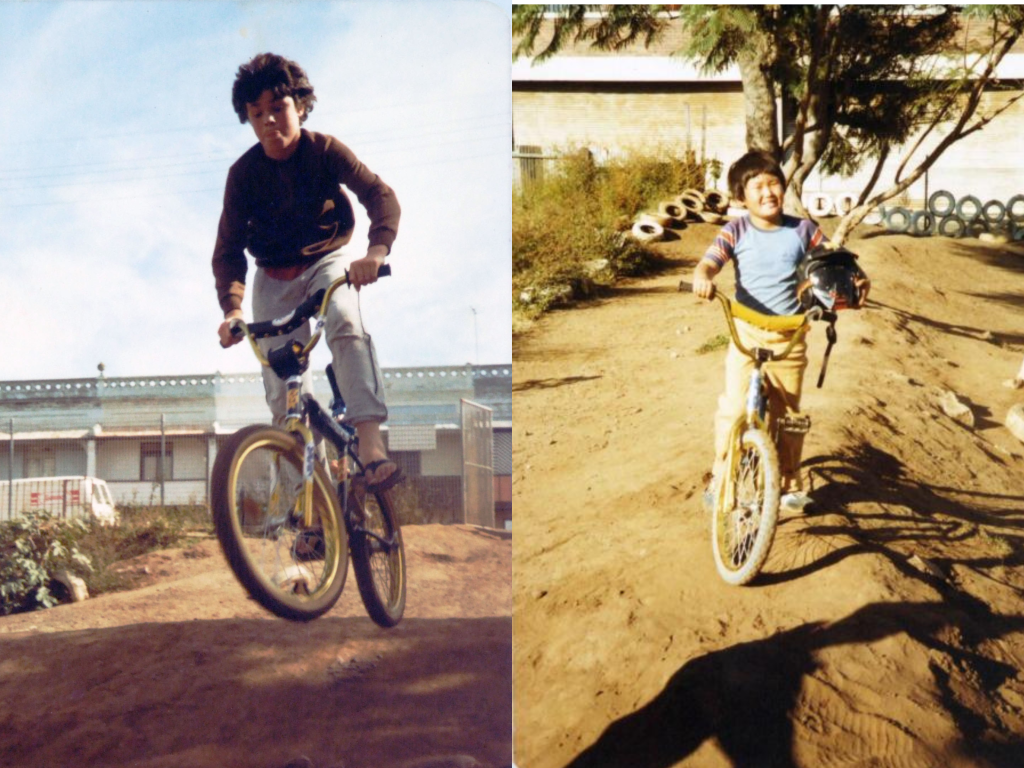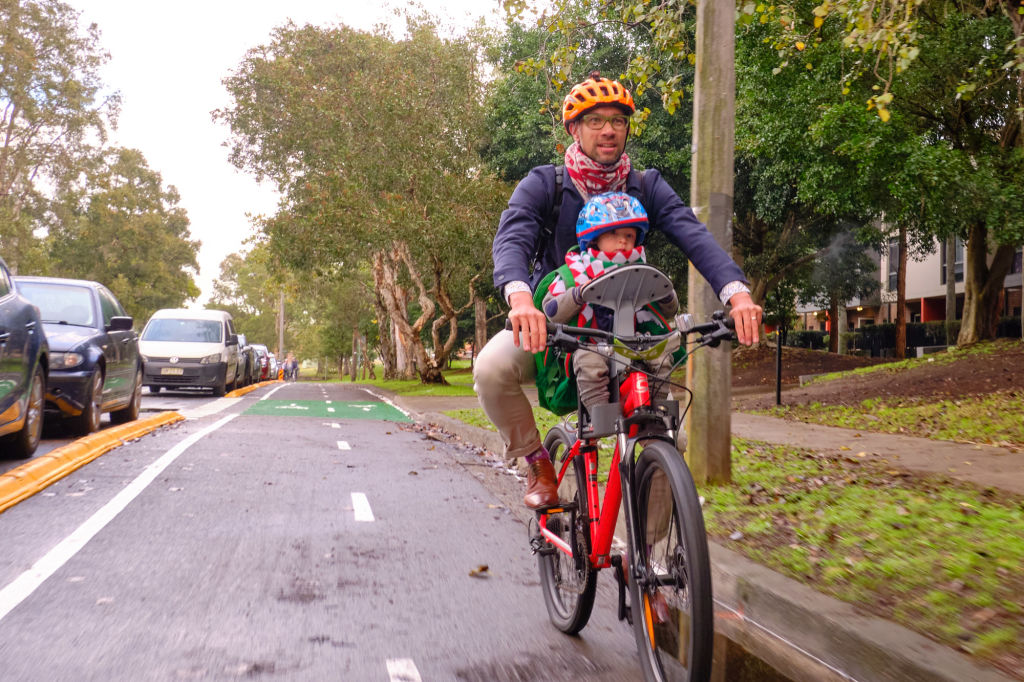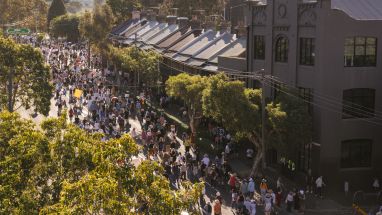In the past year, bike trips at peak times have increased by more than 20% in our area.
Since 2024, we’ve opened new separated cycleways:
- Glebe to Ultimo: Kelly and Mary Ann streets
- City centre: Castlereagh Street between Liverpool and King streets
The new Oxford and Liverpool Street cycleway also opens in 2025
Interested in getting on a bike? Check out our program of free cycling courses. They’re designed to give you extra cycling skills and confidence.
Discover more images and information on Sydney's cycling past in our archives.

